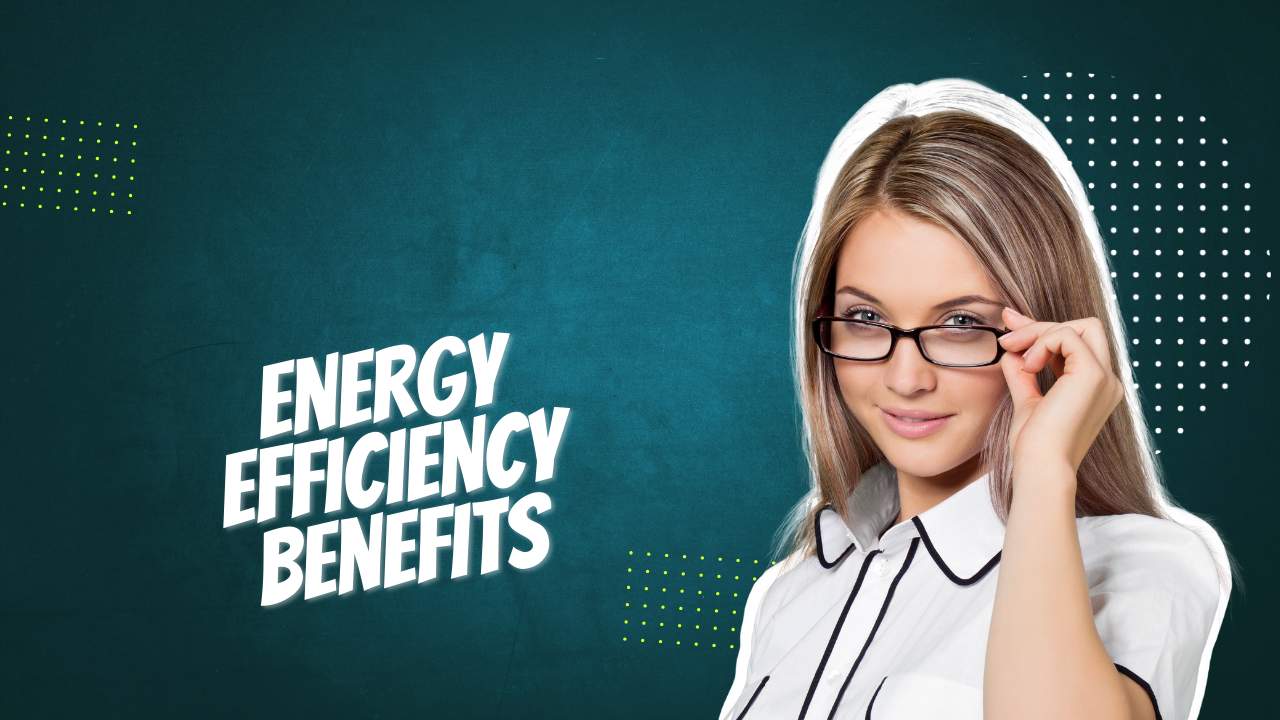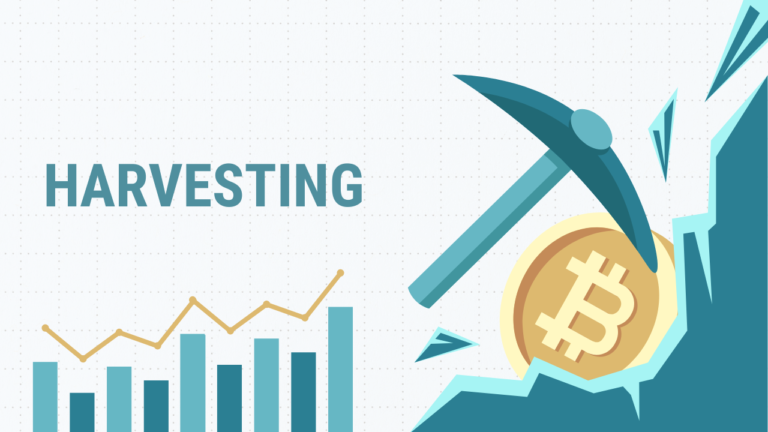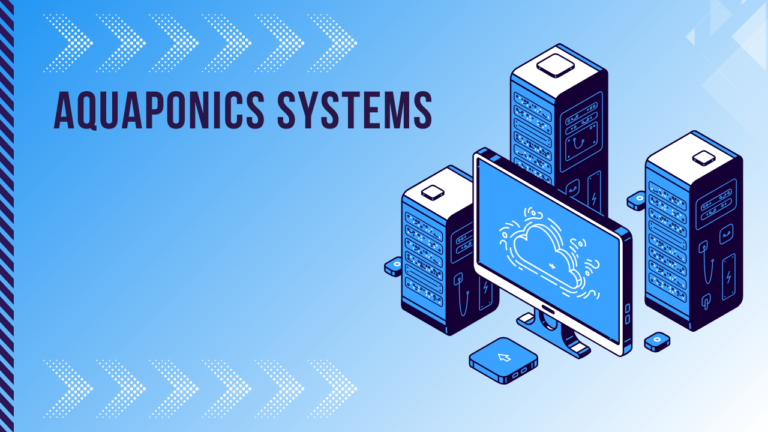Energy Efficiency Benefits of Green Roof Systems
Green roof systems are becoming increasingly popular in urban environments due to their numerous benefits. Among these, the energy efficiency benefits of green roof systems stand out as a crucial factor for both residential and commercial buildings. In this article, we will delve into how green roofs contribute to energy efficiency, explore their various advantages, and answer some common questions about their implementation.
Understanding Green Roof Systems
Green roof systems involve the installation of vegetation layers on rooftops. These systems typically include a waterproof membrane, a drainage layer, a growing medium, and plants. By integrating greenery into building architecture, green roofs offer a sustainable solution to various urban challenges.
The Energy Efficiency Benefits of Green Roof Systems
1. Temperature Regulation
One of the primary energy efficiency benefits of green roof systems is their ability to regulate indoor temperatures. Green roofs provide natural insulation, which helps in reducing the need for heating and cooling. During hot summer months, the vegetation on green roofs absorbs and reflects sunlight, reducing heat absorption by the building. In winter, the insulating properties of the green roof help retain indoor warmth, minimizing heating costs.
2. Reduced Urban Heat Island Effect
Urban areas often experience higher temperatures than their rural surroundings, a phenomenon known as the urban heat island effect. Green roofs help mitigate this effect by cooling the air through the process of evapotranspiration. As plants release water vapor, they contribute to a cooler environment, which can lead to reduced energy consumption for cooling in surrounding buildings.
3. Improved Air Quality
Green roofs contribute to better air quality, which indirectly benefits energy efficiency. By filtering pollutants and carbon dioxide from the air, they help maintain a healthier urban atmosphere. Cleaner air can lead to reduced demand for air conditioning systems, further enhancing energy efficiency.
4. Enhanced Building Insulation
The layers of a green roof act as an additional insulating barrier, further improving the energy efficiency of buildings. This enhanced insulation reduces the amount of energy required to maintain comfortable indoor temperatures, resulting in lower energy bills.
5. Extended Roof Lifespan
Green roofs protect the underlying roofing materials from harsh weather conditions, such as UV radiation and temperature fluctuations. By reducing wear and tear on the roof, green roofs can extend the lifespan of roofing systems. This longevity translates to fewer replacements and repairs, indirectly contributing to energy savings.
Implementing Green Roof Systems
Initial Costs vs. Long-Term Savings
While the initial cost of installing a green roof system can be higher compared to traditional roofing, the long-term savings in energy and maintenance costs often outweigh the upfront investment. Green roofs can lead to significant reductions in energy bills and prolong the life of roofing materials.
Maintenance Requirements
Maintaining a green roof involves regular checks and care to ensure the health of the plants and the integrity of the roofing system. This includes monitoring irrigation, weeding, and inspecting for any damage. Proper maintenance ensures that the energy efficiency benefits of green roof systems are maximized over time.
Final Thoughts
The energy efficiency benefits of green roof systems are substantial and multifaceted. From temperature regulation and improved insulation to reduced urban heat islands and extended roof lifespans, green roofs offer a range of advantages that contribute to both environmental sustainability and economic savings. As urban areas continue to grow, green roofs present a viable solution to enhance energy efficiency and promote greener cities.
FAQs
1. How much can a green roof reduce energy bills?
The exact reduction in energy bills varies based on factors such as climate, building type, and green roof design. However, studies suggest that green roofs can reduce cooling costs by up to 25% and heating costs by around 10%.
2. Are green roofs suitable for all types of buildings?
Green roofs can be installed on various types of buildings, including residential, commercial, and industrial structures. The suitability depends on factors such as roof load-bearing capacity, building design, and local climate conditions.
3. What types of plants are used in green roofs?
A variety of plants can be used in green roofs, including grasses, sedums, succulents, and low-growing shrubs. The choice of plants depends on the local climate, the depth of the growing medium, and the desired aesthetic.
4. Do green roofs require a lot of maintenance?
While green roofs do require some maintenance, such as irrigation, weeding, and monitoring plant health, they generally require less maintenance than traditional roofing systems. Proper maintenance helps ensure the longevity and effectiveness of the green roof.
5. Can I install a green roof on an existing building?
Yes, green roofs can be installed on existing buildings, provided that the structure can support the additional weight. A structural assessment is typically required to determine the feasibility of adding a green roof to an existing building.




